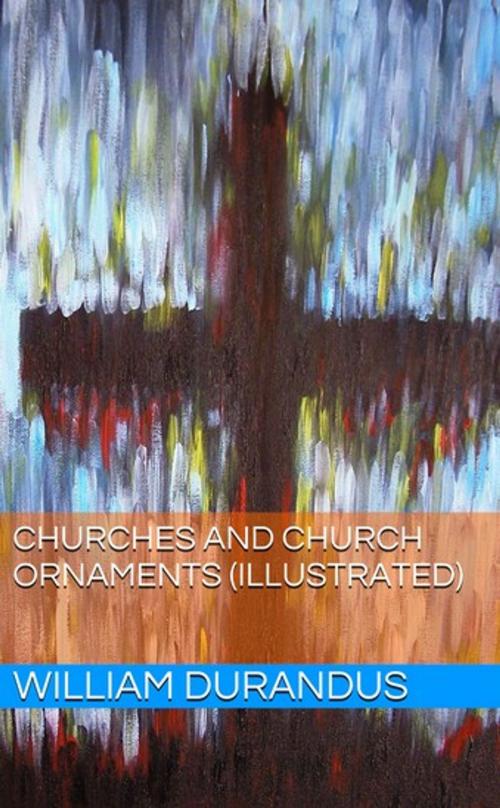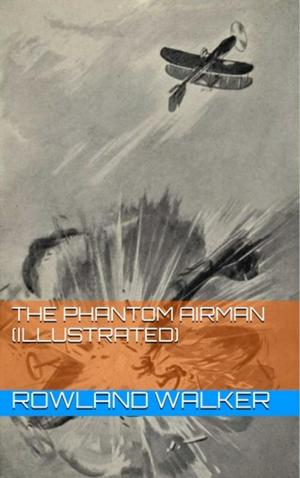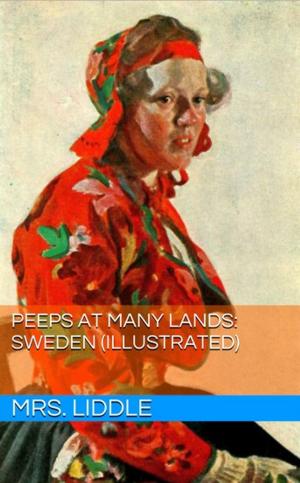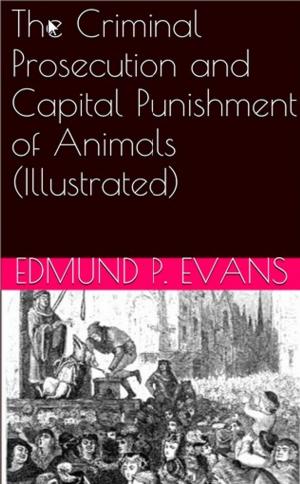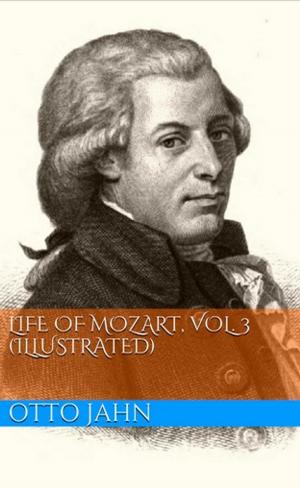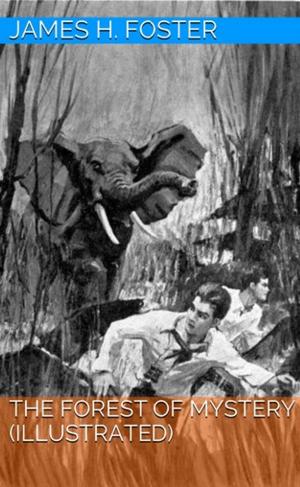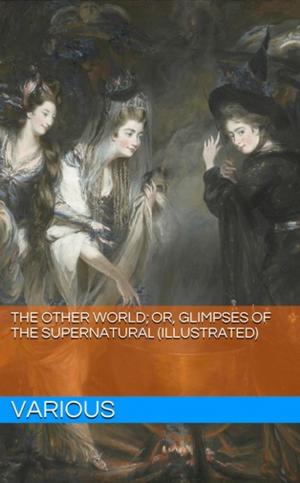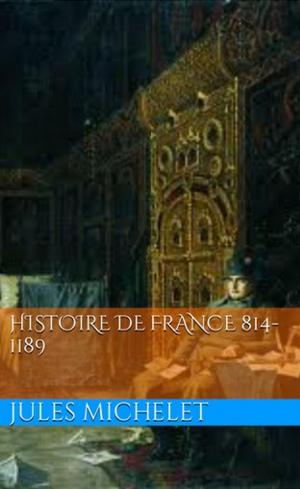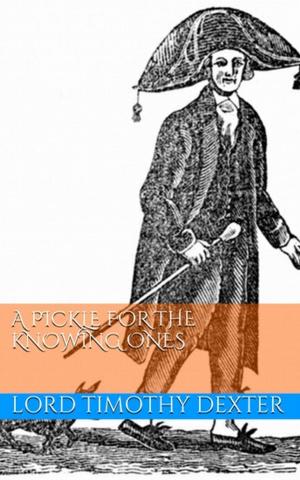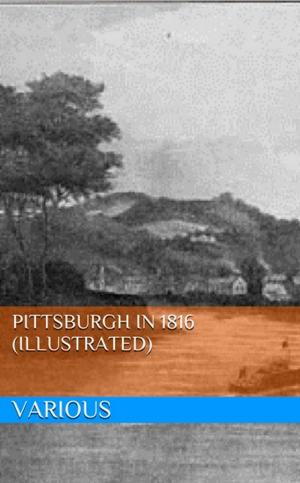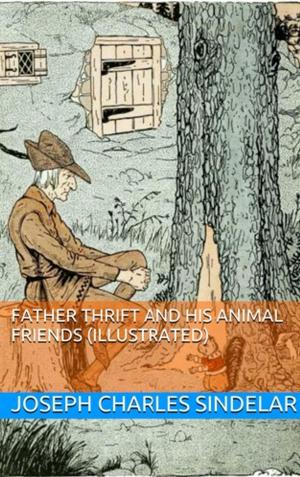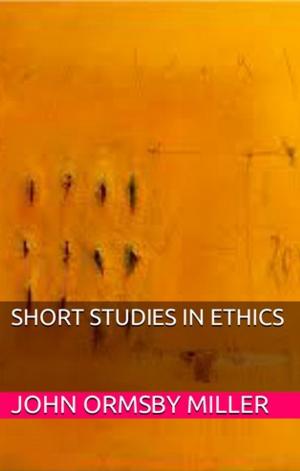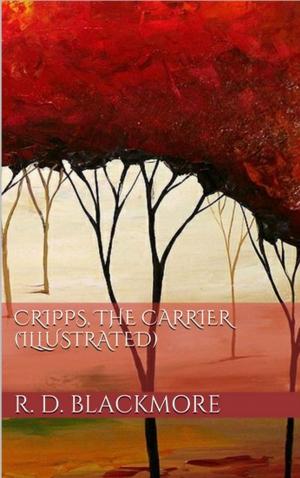Churches and Church Ornaments (Illustrated)
Nonfiction, Religion & Spirituality, Christianity, Church, Church Institutions & Organizations, Church History| Author: | William Durandus | ISBN: | 1230000155388 |
| Publisher: | Lost Leaf Publications | Publication: | July 27, 2013 |
| Imprint: | Language: | English |
| Author: | William Durandus |
| ISBN: | 1230000155388 |
| Publisher: | Lost Leaf Publications |
| Publication: | July 27, 2013 |
| Imprint: | |
| Language: | English |
THE SYMBOLISM OF:
Churches and Church Ornaments
A TRANSLATION OF THE FIRST BOOK OF THE:
Rationale Divinorum Officiorum
Author Preface:
The interest which has lately been displayed, as on all subjects connected with Ecclesiology, so more especially on the symbolical bearing of Church Architecture, has led us to imagine that a translation of the most valuable work on Symbolism which the middle ages can furnish, might not, at the present time, be unacceptable to churchmen.
Written, however, at a period when Christian Architecture had not attained its full glory, it necessarily leaves untouched many arrangements of similar tendency, subsequently adopted; addressed to those who had not yet learnt to doubt everything not formally proved, it assumes many points which may now seem to require confirmation: and composed for the use of a clergy habituated to a most figurative ritual, it passes over much as well known, which is now forgotten or neglected. On these accounts we have considered it necessary to prefix an Essay on the subject; in which we have endeavoured to prove that Catholic Architecture must necessarily be symbolical; to answer the more common objections to the system; and to elucidate it by reference to actual examples, and notices of the figurative arrangements of our own churches. We have also added notes, where any obscurity seemed {viii} to require explanation; and we have, both in them and in the Appendix, thrown together such passages from Martene, Beleth, S. Isidore of Seville, Hugo de S. Victore, and other writers, as tended to explain and to enforce the remarks of Durandus.
With reference to the author himself, but little is known; and that little has been told before.
William Durandus was born at Puy-moisson, in Provence, about the year 1220. A legend of his native country is told in the present work. [Footnote 1] He became the pupil of Henry de Luza, afterwards Cardinal of Ostia; and taught canon law at Modena. On this subject he composed a most learned work, the Speculum Juris; from which he obtained the title of Speculator: as also another treatise called Repertorium Juris: and a Breviarium Glossarum in Textum Juris Canonici. His high attainments marked him [Footnote 2] out for the office of Chaplain to Pope Clement IV.
[Footnote 1: See p. 126]
[Footnote 2: Mutata fortuna, says Doard: to what this refers, we know not.]
He was afterwards Auditor of the Sacred Palace; and Legate to Pope Gregory X at the Council of Lyons. He was then made Captain of the Papal forces; in which post he assisted at the reduction of several rebellious cities, and behaved with great courage. He finally became Bishop of Mende in 1286. While in this post, and resident at Rome (for he did not personally visit his diocese till 1291, the administration of the diocese being perhaps left to a nephew of the same name, who succeeded him), he finished the work, of the first book of which a translation is presented to the reader. But it probably {ix} was commenced before; for we find from a passage in its latter half, that so far had been written during the course of this same year 1286. And there is no difficulty in the title, Episcopus Miniatensis, which he gives himself in the Proeme, as this could easily have been added afterwards. But it was certainly published, as Martene observes, before 1295; because Durandus speaks of the Feasts of the Holy Apostles as semi-doubles, whereas in that year, by a constitution of Pope Urban, they were commanded to be observed as doubles. The time at which the treatise was written more especially demands our attention; because, did we imagine it only a few years later than it really was, we might well be astonished at finding no reference to the Symbolism of the Decorated Style. The interruptions amidst which the Rationale was written are feelingly alluded to by its author, in the Epilogue (p. 161).
THE SYMBOLISM OF:
Churches and Church Ornaments
A TRANSLATION OF THE FIRST BOOK OF THE:
Rationale Divinorum Officiorum
Author Preface:
The interest which has lately been displayed, as on all subjects connected with Ecclesiology, so more especially on the symbolical bearing of Church Architecture, has led us to imagine that a translation of the most valuable work on Symbolism which the middle ages can furnish, might not, at the present time, be unacceptable to churchmen.
Written, however, at a period when Christian Architecture had not attained its full glory, it necessarily leaves untouched many arrangements of similar tendency, subsequently adopted; addressed to those who had not yet learnt to doubt everything not formally proved, it assumes many points which may now seem to require confirmation: and composed for the use of a clergy habituated to a most figurative ritual, it passes over much as well known, which is now forgotten or neglected. On these accounts we have considered it necessary to prefix an Essay on the subject; in which we have endeavoured to prove that Catholic Architecture must necessarily be symbolical; to answer the more common objections to the system; and to elucidate it by reference to actual examples, and notices of the figurative arrangements of our own churches. We have also added notes, where any obscurity seemed {viii} to require explanation; and we have, both in them and in the Appendix, thrown together such passages from Martene, Beleth, S. Isidore of Seville, Hugo de S. Victore, and other writers, as tended to explain and to enforce the remarks of Durandus.
With reference to the author himself, but little is known; and that little has been told before.
William Durandus was born at Puy-moisson, in Provence, about the year 1220. A legend of his native country is told in the present work. [Footnote 1] He became the pupil of Henry de Luza, afterwards Cardinal of Ostia; and taught canon law at Modena. On this subject he composed a most learned work, the Speculum Juris; from which he obtained the title of Speculator: as also another treatise called Repertorium Juris: and a Breviarium Glossarum in Textum Juris Canonici. His high attainments marked him [Footnote 2] out for the office of Chaplain to Pope Clement IV.
[Footnote 1: See p. 126]
[Footnote 2: Mutata fortuna, says Doard: to what this refers, we know not.]
He was afterwards Auditor of the Sacred Palace; and Legate to Pope Gregory X at the Council of Lyons. He was then made Captain of the Papal forces; in which post he assisted at the reduction of several rebellious cities, and behaved with great courage. He finally became Bishop of Mende in 1286. While in this post, and resident at Rome (for he did not personally visit his diocese till 1291, the administration of the diocese being perhaps left to a nephew of the same name, who succeeded him), he finished the work, of the first book of which a translation is presented to the reader. But it probably {ix} was commenced before; for we find from a passage in its latter half, that so far had been written during the course of this same year 1286. And there is no difficulty in the title, Episcopus Miniatensis, which he gives himself in the Proeme, as this could easily have been added afterwards. But it was certainly published, as Martene observes, before 1295; because Durandus speaks of the Feasts of the Holy Apostles as semi-doubles, whereas in that year, by a constitution of Pope Urban, they were commanded to be observed as doubles. The time at which the treatise was written more especially demands our attention; because, did we imagine it only a few years later than it really was, we might well be astonished at finding no reference to the Symbolism of the Decorated Style. The interruptions amidst which the Rationale was written are feelingly alluded to by its author, in the Epilogue (p. 161).
